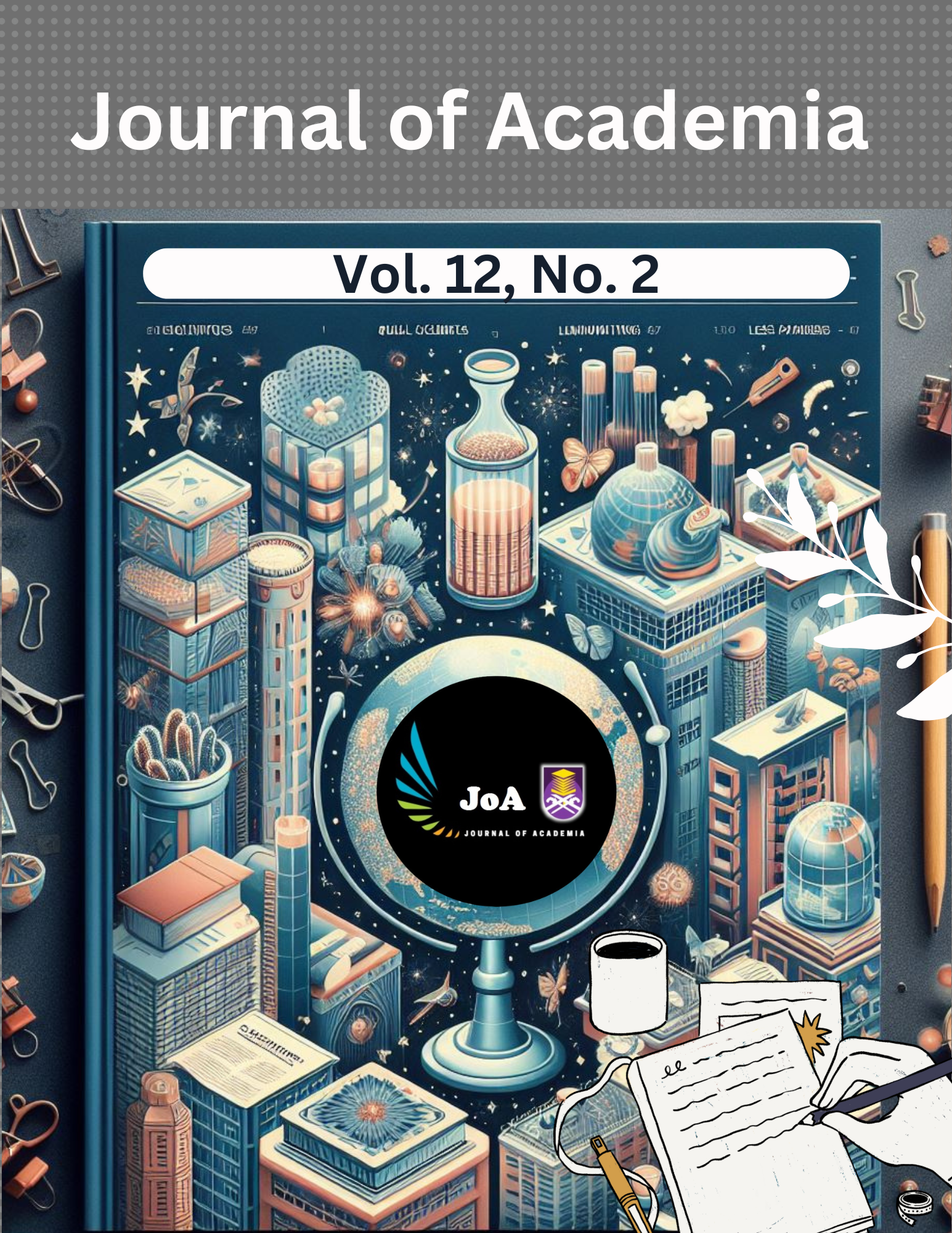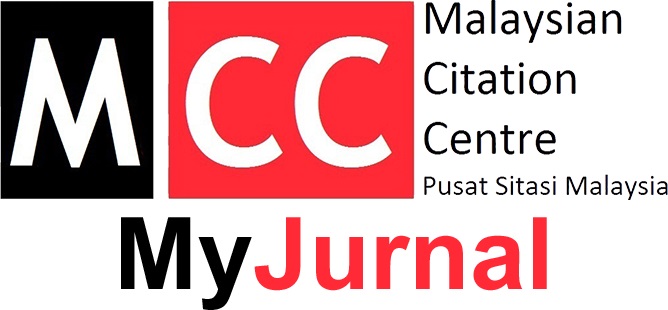PHYSICAL AND MECHANICAL PROPERTIES OF PINEAPPLE BIO LEATHER
Keywords:
pineapple skin fibre, bio-leather, eco-friendly leather, sustainable textileAbstract
Bio-leather, or vegan leather, is a range of materials that imitate the characteristics and look of regular
animal leather but are crafted from eco-friendly and sustainable sources. These substances are
frequently made with plant-derived components, agricultural leftovers, or advanced laboratory
cultivation methods. However, the physical and mechanical properties of bio-leather made from
pineapple skin fibre is yet to be explored. Therefore, the research objective of this study is to assess the
material's tear resistance, stiffness, and ability to withstand water impact penetration. Various samples
containing different amounts of pineapple skin fibre were created to investigate how it affects the quality
of the bio-leather. In this research, pineapple skin, xanthan gum, cinnamon powder and lemon juice
were used as the materials to create three samples with different weight of pineapple fibre. Specifically,
50g, 100g and 150g of pineapple skin were utilised, along with 30g of cinnamon powder, and 150ml of
lemon juice for each sample. All samples were tested for flexibility, tensile strength and water impact
penetration. It is found that the increasing amount of pineapple skin fibres in the leather increases the
strength up to 167.26 N and reduces the water penetration by 44.54% with low flexibility.
References
References
AATCC. (2017). TM042 Test Method for Water Resistance: Impact Penetration. American Association of Textile
Chemists and Colorists (AATCC).
Ali, M., Hashim, N., Abd Aziz, S., & Lasekan, O. (2020). Pineapple (Ananas comosus): A comprehensive review
of nutritional values, volatile compounds, health benefits, and potential food products. Food Research
International, 137, 109675.
Al-qudah, T. S., Zahra, U., Rehman, R., Majeed, M. I., Nisar, S., Al-qudah, T. S., & Tahtamouni, R. W. (2018).
Lemon as a source of functional and medicinal ingredient : A review. International Journal of Chemical and
Biochemical Sciences, 14, 55–61.
ASTM International. (2023). Standard Test Method for Stiffness of Fabrics, ASTM D1388-18. American Society
for Testing and Materials.
Bai, Z., Wang, X., Zheng, M., Yue, O., Xie, L., Zha, S., … Liu, X. (2022). Leather for flexible multifunctional
bio-based materials: a review. Journal of Leather Science and Engineering, 4(1), 1-16.
Basak, S., Shakyawar, D. B., Samanta, K. K., Debnath, S., Bhowmick, M., & Kumar, N. (2022). Development of
natural fibre based flexural composite: A sustainable mimic of natural leather. Materials Today Communications,
, 103976.
Duangsuwan, S., Junkong, P., Phinyocheep, P., & Thanawan, S. (2023). Development of green leather alternative
from natural rubber and pineapple leaf fiber. Sustainability, 15, 1-15.
Eisen, C., Schenten, J., Theis, A., Rehn-Groenendijk, J., Helferich, M., Müller, H., & Hanss, D. (2024). Toward
system innovation for more sustainable chemistry: insights into consumers’ perceptions, knowledge, and behavior
related to traceability and product design strategies along leather supply chains. Frontiers in Sustainability, 5, 1
International Standard. (2013). Textiles-Tensile properties of fabrics-Part 1: Determination of maximum force
and elongation at maximum force using the strip method, ISO 13934-1 (Vol. 1999). Vol. 1999. Retrieved from
https://www.iso.org/obp/ui/#iso:std:iso:13934:-1:ed-2:v1:en
Kaliappa, K., Thanikaivelan, P., & Chandrasekaran, B. (2010). Effect of chromium and tanning method on the
drape of goat suede apparel leathers. Journal of the American Leather Chemists Association, 105(03), 71–83.
Kefale, G. Y., Kebede, Z. T., & Birlie, A. A. (2023). A systematic review on potential bio Leather substitute for
natural leather. Journal of Engineering, 2023(1), 1–11.
Kim, H., Song, J. E., & Kim, H. R. (2021). Comparative study on the physical entrapment of soy and mushroom
proteins on the durability of bacterial cellulose bio‐leather. Cellulose, 28(5), 3183–3200.
Retrieved
Linnea Harris. (2022). The future of leather: How pineapple leaves, cacti and mycelium are revolutionizing the
industry.
July
,
,
from
World
Economic
https://www.weforum.org/agenda/2022/07/future-leather-pineapple-leaves-cacti-mycelium/
Forum
website:
Malaysian Standard. (2015a). Textiles - Determination of thickness of textiles and textile products, MS ISO
:2003. Department of Standards Malaysia.
Malaysian Standard. (2015b). Textiles - Woven fabrics - Determination of mass per unit length and mass per unit
area, MS ISO 3801:2003. Department of Standards Malaysia.
Mohd Ismail, N. A., Abdullah, N., & Muhammad, N. (2018). Effect of microwave-assisted processing on quality
characteristics of pineapple jam. Journal of Advanced Research in Fluid Mechanics and Thermal Sciences, 42(1),
–30.
Moralde, K. C. S., & Octavo, K. L. (2022). Faux: An overview of animal exploitation in the fashion industry. 4th
DLSU Senior High School Research Congress, 1–8.
Patil, H., & Athalye, A. (2023). Faux leather: man-made method of harmless fashion. Man-Made Textiles in India,
, 259–262.
PETA. (2024). The leather industry. Retrieved July 26, 2024, from People for the Ethical Treatment of Animals
website: https://www.peta.org.uk/issues/animals-not-wear/leather/#:~:text=Help Save Animals&text=More than
billion animals,whose skin you’re in.
Shamsudin, R., Zulkifli, N. A., & Kamarul Zaman, A. A. (2020). Quality attributes of fresh pineapple-mango
juice blend during storage. International Food Research Journal, 27(1), 141–149.
Soliman, K. M., & Badeaa, R. I. (2002). Effect of oil extracted from some medicinal plants on different
mycotoxigenic fungi. Food and Chemical Toxicology, 40(11), 1669–1675.
Sureshkumar, P. S., Thanikaivelan, P., Phebe, K., & Krishnaraj, K. (2012). Investigations on structural ,
mechanical , and thermal properties of pineapple leaf fiber-based fabrics and cow softy leathers : an approach
toward making amalgamated leather products. Journal of Natural Fibers, 9(1), 37–41.
Vinay, M. (2022). Sustainable textiles through microbe-produced bioleather. Communications Engineering, 1(1),
–2.
Downloads
Published
Issue
Section
License
Copyright (c) 2024 Journal of Academia

This work is licensed under a Creative Commons Attribution-NonCommercial-NoDerivatives 4.0 International License.












